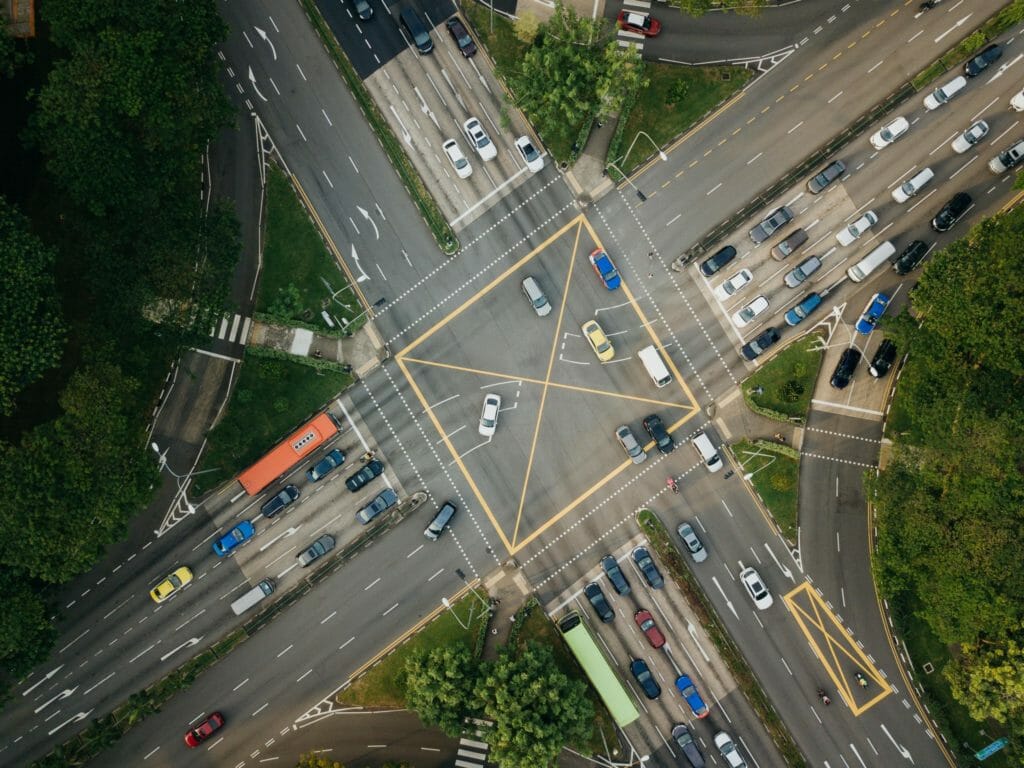The popularity of radar for traffic operations is being challenged by a newer technology – lidar. How does lidar technology compare with radar?

Traffic data collection is an important tool for cities and towns when decisions need to be made about road systems and many options for collecting traffic data exist. Radar is a popular choice for traffic operations departments who plan and control the movement of vehicles over streets and highways and whose mandate it is to make sure this is done efficiently and safely. Radar can detect the presence of vehicles, allowing traffic operations departments to communicate and make changes to the timing of traffic light signals.
While radar has been used reliably to collect traffic information for many years, there are still drawbacks with its use, including:
As the presence of other types of road users such as cyclists continues to increase, vehicles must share the road with those road users in a safe and efficient manner. The availability of data regarding vulnerable road users is becoming a priority when choosing a method for traffic data collection. Lidar is a multimodal technology that offers reliable traffic data about all road users, with more information than radar can provide. BlueCity combines lidar with AI to give users more information for traffic management at a lower cost.
Radar is an excellent option for 24/7 vehicle detection, as it is able to reliably detect vehicles in poor lighting and bad weather. Radar can be used when detailed information about types of road users or safety metrics are not required.
BlueCity, which combines 3D lidar sensors with AI software, is an ideal, cost-effective solution for many municipal departments, including transport planners, operations and road safety departments, and city engineers. BlueCity is an excellent choice when multimodal traffic data collection in all weather and lighting conditions is required.
Lidar sensors capture data anonymously, effectively eliminating concerns regarding private data being collected and stored. What’s more, BlueCity uses artificial intelligence to power advanced safety analytics and offer better visualization of the data captured as well as automated traffic signal performance measures.
| Detection | Radar | BlueCity (lidar + AI) |
| Detects presence of vehicles |  |  |
| Measures all modes of transport |  |  |
| Detects speed |  |  |
| Detects trajectory |  |  |
| Detects post encroachment time |  |  |
| Works in any weather |  |  |
| Works in any lighting |  |  |
| User-defined virtual loops |  |  |
| Counts number of near misses |  |  |
| Detects red-light runners |  |  |
| Detects illegal turning |  |  |
| No collection of private citizen data |  |  |
| Provides signal performance measures |  |  |
| Installation and Maintenance | Radar | BlueCity Technology |
| Easy to install |  |  |
| Inexpensive installation |  |  |
| One sensor per intersection required |  |  |
| Easy maintenance |  |  |
| Inexpensive maintenance |  |  |
Radar is a method that is used by traffic operations departments to guide decisions about road systems. It cannot provide the type of information required by traffic planners to define future policies, goals, investments and planning designs for future needs. Radar cannot provide multimodal data or advanced safety metrics.
Radar can only detect the presence of a vehicle. It is not able to distinguish between types of vehicles, for example buses, trucks or motorcycles, nor can it detect the presence of cyclists and pedestrians.
The hardware costs of installing radar at intersections can be expensive because more than one sensor is needed. Furthermore, to install radar, the ground must be dug up so wires can be installed. This necessitates the closure of roads, which becomes an inconvenience to road users.
Like lidar sensors, radar is able to provide reliable traffic data 24/7, regardless of the lighting and weather conditions.
Radar installed at intersections is a great choice because it detects the presence of vehicles in all types of lighting and weather conditions. When it detects the presence of vehicles at an intersection, traffic light timing can be optimized.
Radar can be an expensive choice because roads need to be dug up in order to install the required wiring, causing road closures and increasing costs. In addition, more than one sensor is needed for each intersection. Radar is also not able to distinguish between the different types of road users or different types of vehicles. While radar can be used as a tool for road system decisions, it cannot be used for traffic planning.
BlueCity is a unique, cost-effective solution that allows planners to capture multimodal traffic data in real-time 24/7. Its lidar sensors are easy to install and maintain and most intersections require only one sensor. It leverages artificial intelligence to power advanced safety analytics that help identify dangerous intersections and improve road safety.